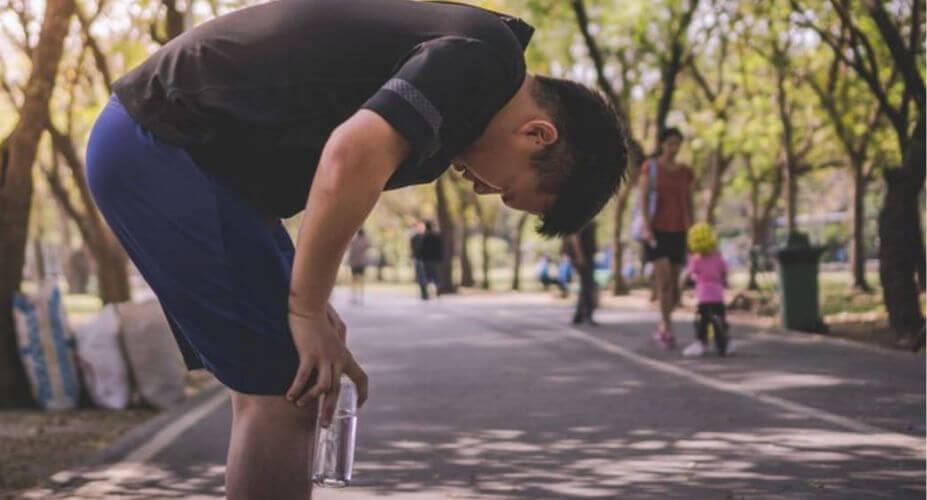
Running is very good for both your physical and mental health, and if you decided to take up the sport then congratulations! It’s a whole lot of fun once you get past the first few runs, which can feel really tough as you awaken muscles you’ve not used in a while.
However, you do need to ease into running slowly, to reduce the pain of delayed onset muscle soreness (DOMS) and allow your body to adapt to the demands of a high-impact sport. If you go in all guns blazing and run every day for a week, you risk injury, not to mention the fact that you’ll probably start to hate running because of this over-intense approach.
For advice on how to start running safely, here’s Laura McKay, musculoskeletal (MSK) therapies lead for Bupa Health Clinics.
How often should you run when you’re starting out?
Your body needs to adapt to your new training plan, so start slowly. Doing too much too soon will be difficult to maintain and put you at greater risk of getting an injury. You should increase the number of miles you’re running each week gradually, if you feel comfortable doing so. Running two to three times a week should improve your fitness, but make sure you also get enough rest. Give yourself at least a day between runs to allow your body to adapt to your new routine.
Remember to listen to your body and don’t run through pain. If you don’t feel 100% or think there’s a reason you shouldn’t run, then don’t. Hold off until you feel fully fit.
What kind of injuries can crop up for new runners?
Shin splints is one of the most common running injuries, especially for beginners who aren’t used to running. The term refers to lower leg pain below the knee and is often a result of muscle overuse, wearing worn-out shoes or running on hard surfaces.
To help prevent shin splints, make sure you build up your mileage and fitness slowly, and combine running with other exercises. Yoga is a great exercise to combine with running because it stretches and strengthens your muscles.
It’s also important to check you have the right shoes to run in and replace them every 300 miles. If you already have shin splints, stretch or foam roll your shin regularly to aid recovery.
Runner’s knee is a catch-all term which describes several injuries that cause pain around the kneecap. To help avoid runner’s knee, take a similar approach to preventing shin splints: make sure you build up your mileage slowly and that you’re running in the right shoes. Warming up and down properly is essential, and this should include stretching the muscles around the ankles, knees and hips.
Achilles tendonitis is a result of the overuse of the achilles tendon – a band of tissue that connects the calf muscles at the back of the lower leg to your heel bone. It typically happens when runners quickly increase the intensity or duration of their runs.
To help reduce the risk of achilles tendonitis you should, again, increase the intensity and the amount you are running gradually. Make sure you stretch your calf muscles before and after exercising.
Plantar fasciitis is pain on the bottom of the foot around the heel. This is often a stabbing pain that is particularly painful when you take your first steps in the morning. The pain can return after sitting or standing for long periods of time.
How can you go about reducing your risk of injury?
To prevent new running injuries, it’s important to choose shoes that offer good support; not only for running, but in your day-to-day life as well. Take the time to gently warm up before you begin your run. Exercises like lunges, squats and high knees will help to warm up your muscles. It is also useful to start your run a bit slower and build up to your running speed gradually. Cooling down after your run with some light stretching is essential too. Setting time aside for a proper warm-up and warm-down can reduce muscle tightness and maintain your flexibility.
Written by Nick Harris-Fry for Coach and legally licensed through the Matcha publisher network. Please direct all licensing questions to legal@getmatcha.com.





